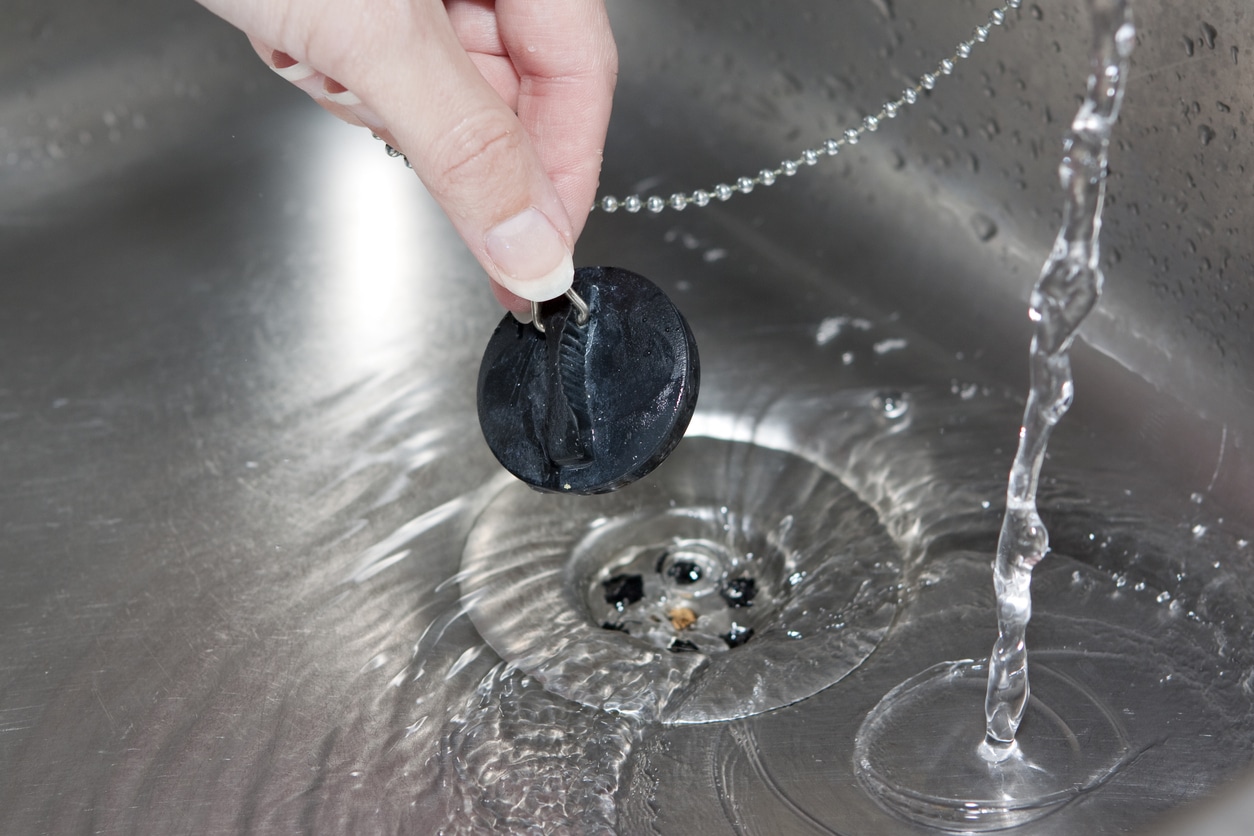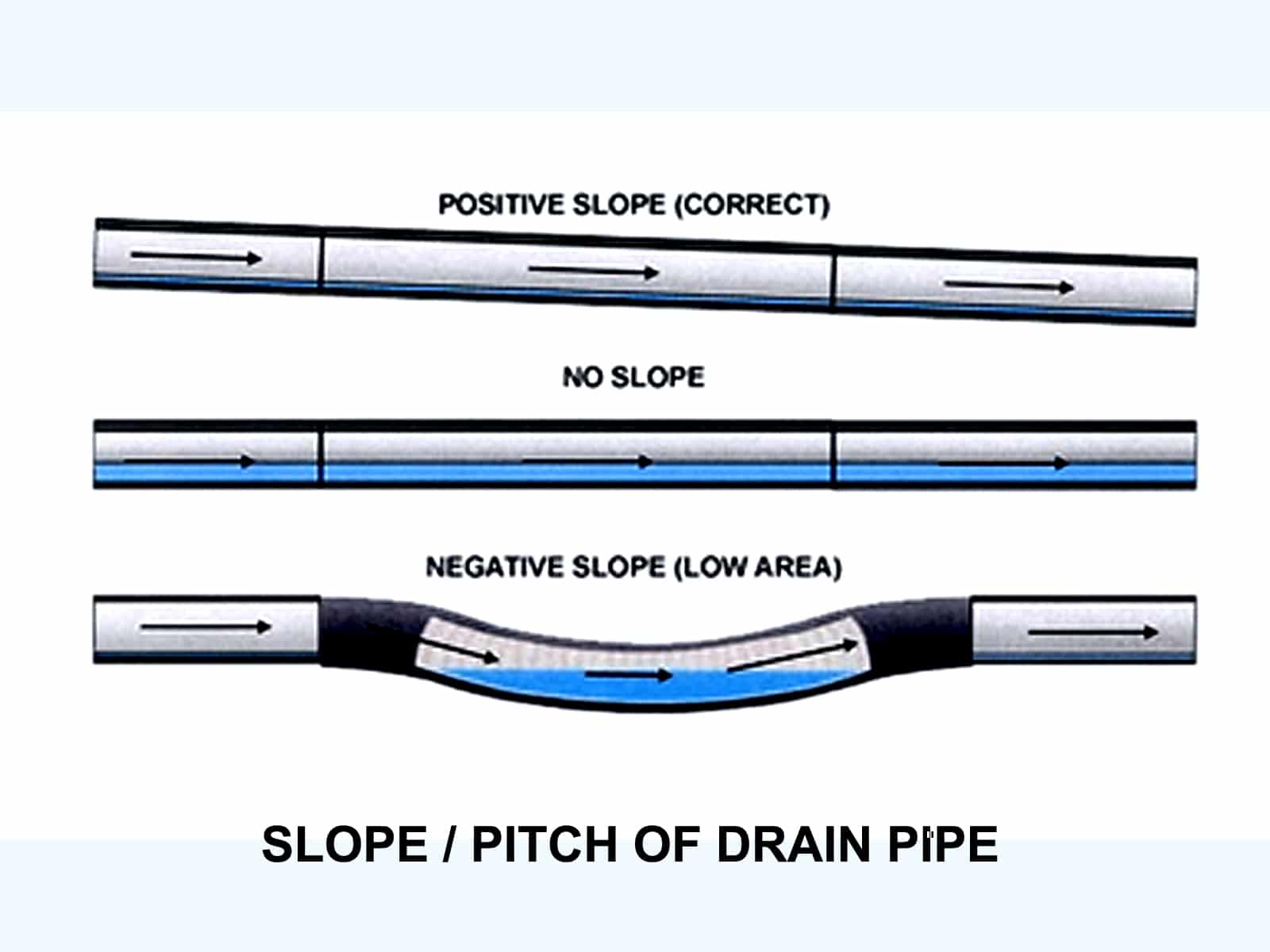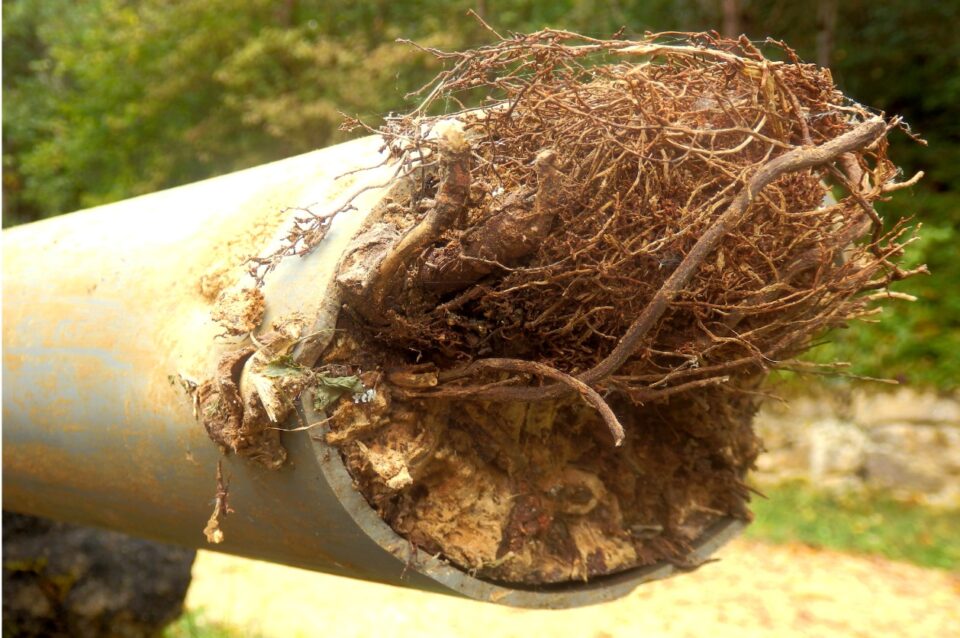A clogged bathroom sink is a nuisance. The following DIY guide to unclog bathroom sink problems is for homeowners who are ready to take on the challenge of clearing a drain on their own. However, resolving a bathroom sink clog is a messy business. Also, it’s easy for an inexperienced homeowner to damage the sink or pipes in the process.
If you’d rather not take the chance of making the problem worse, Balkan Sewer & Drain Cleaning can have an experienced drain technician at your property within four hours. For brave homeowners who prefer the DIY route, here are your 5 best options on how to unclog your bathroom sink.
Your 5 DIY Methods to Unclog Bathroom Sink Vlogs
A drain blockage could be located at any point from the stopper to the P-trap and beyond. Since you don’t know where the clog is, you have to take the time to engage in trial and error to solve the problem. For your convenience, the possible solutions are listed from the least complex to the most difficult.
1. Boiling Water
This remedy to unclog bathroom sink issues is only for homeowners who are certain they have metal pipes because boiling water could damage PVC pipes. A tea kettle makes it less likely that you’ll spill boiling water on yourself (ouch!) on the way to the bathroom. Controlling where that scalding water goes also is easier with tea kettles.
Keep in mind that boiling water could crack a porcelain sink — so be careful to pour the water directly into the drain. Of all the DIY methods to solve and unclog bathroom sink issues, this is the least likely method to succeed, but the easiest to try.
2. Stopper Removal
Frequently the remedy to unclog bathroom sink backups is to clean off a sink stopper that is full of gunk and hair. How you take out the stopper depends on the design of your sink. Try turning the stopper counterclockwise and lifting it out. If the stopper won’t come out, look under the sink. Most likely, you’ll see a rod held by a locking nut. Take off the nut and remove the rod. Lift out the stopper. Inspect the stopper for any build-up and clean as necessary.
Hair always seems to be the drain clog culprit!
Frequently hair and grease will accumulate around the stopper, and is easy to remove and is one of the easiest ways to unclog a bathroom sink. If the sink is still clogged, leave the stopper out but replace the rod and nut. As a side note, bathtub draining issues are also frequently caused by the drain stopper.
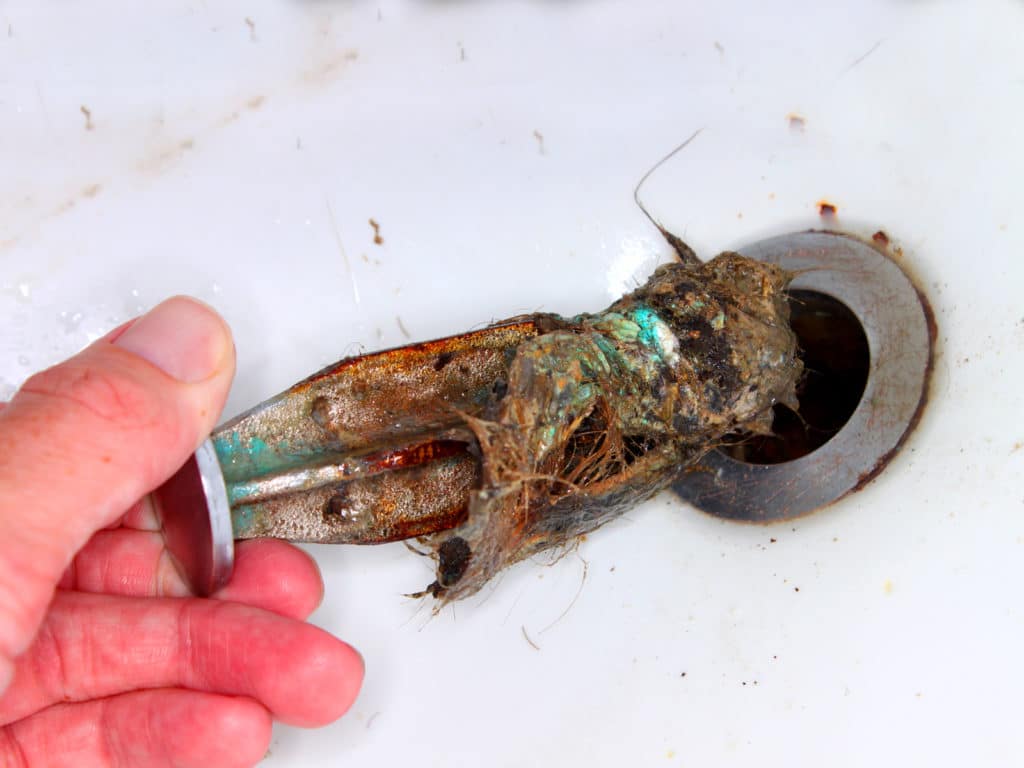
3. Baking Soda and Vinegar
This method is for a sink that is draining slowly but is not completely blocked. First, wait for the water to drain. While the stopper is out, funnel a cup of baking soda into the drain. Next, pour in a cup of vinegar. Quickly replace the sink stopper or stuff a wet rag in the drain.
The vinegar and baking soda mixture actually expands inside your drain. this harmless chemical reaction frequently dislodges a bathroom sink clog. After 30 minutes, remove the stopper and run hot tap water to flush the drain.
4. Sink Plunger
The primary way how to unclog bathroom sink with standing water is by using a sink plunger. To use a plunger, remove the stopper. Also, always use a sink plunger, not your toilet plunger! Covering the overflow opening with a wet rag makes plunging more effective, as it creates more pressure on the clog. Next, cover the drain opening with the plunger’s cup.
There are steps to know how to unclog a bathroom sink with a plunger. The cup should be flat to make a seal over the drain. Before plunging, it’s necessary to have just enough water to cover the plunger’s cup.
The water level in the sink should be about midway (not too high or too low)
When there’s more water than needed to cover the plunger, there’s a good chance water will splash outside the basin while plunging (Hopefully, you’re wearing gloves, goggles, and old clothes.) Now, move the plunger up and down quickly for about 30 seconds. Using a plunger to unclog bathroom sink clogs is the easiest and DIY friendly.
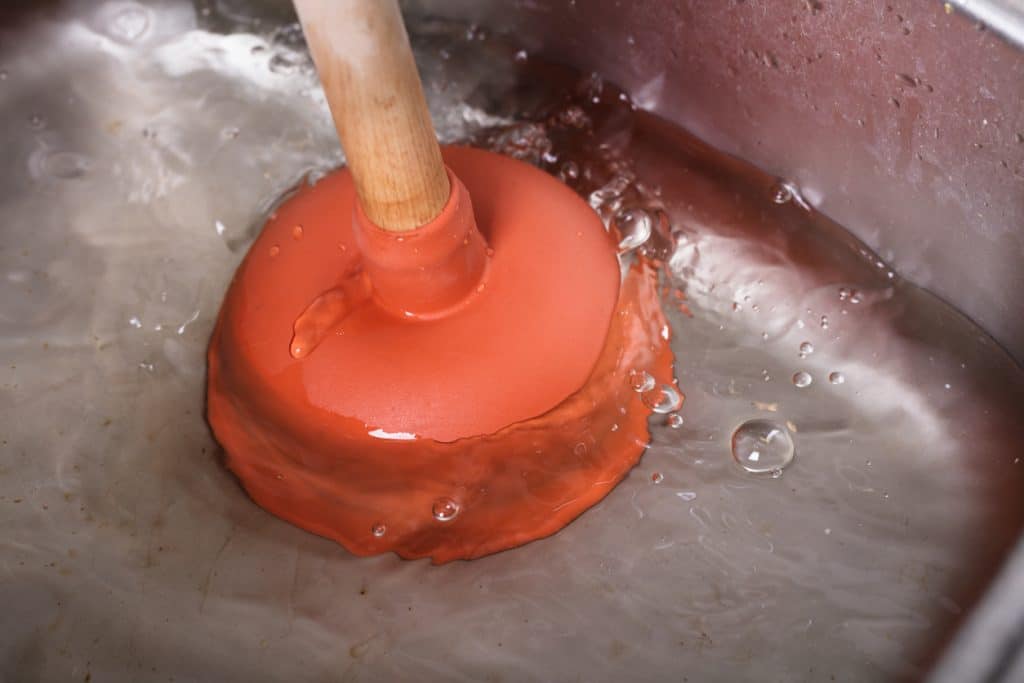
5. A Plumbing Snake
Although it’s possible to run a plumbing snake through the drain entrance in the sink, it’s not a good idea. The drain snake could easily scratch or crack the sink’s finish. A better option for performing the drain cleaning in this case is feeding the snake into the waste line by removing the P-trap, the curved pipe under the sink.
Grab a bucket and the right tool to disassemble the trap. That would be a wrench for a trap with slip nuts or a screwdriver for one with screws. Put the bucket under the P-trap because it holds the water that keeps sewer gases from entering your home. Take off the P-trap. You may find the clog in the P-trap.
If the clog wasn’t in the trap, feed the snake into the pipe opening. Use caution, especially in homes with older pipes. In inexperienced hands, a drain auger could easily scratch or break older pipes, which could worsen the clog or result in a leaky pipe.
Follow the manufacturer’s instructions for twisting and turning the snake to clear the stoppage. To find out if the drain is open, you’ll have to reassemble the P-trap and turn on the tap.
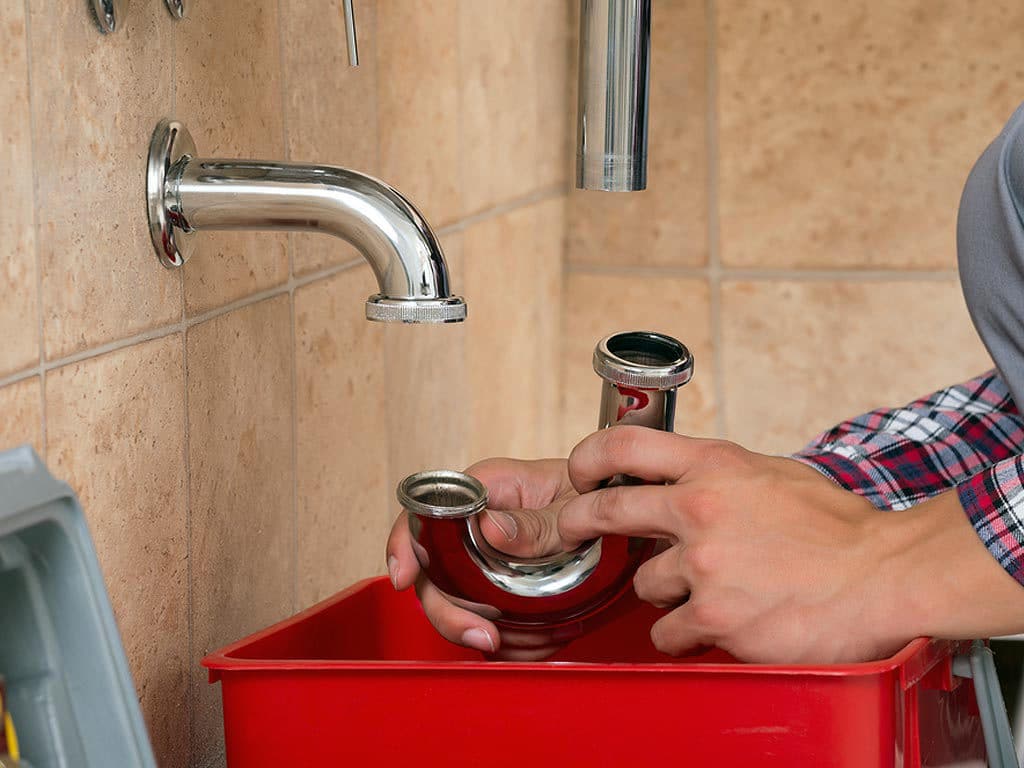
Is the drain clear? If not, call the Pros at Team Balkan. Trying to resolve this problem on your own is time-consuming. Worse, you could end up with damage to your sink and pipes. Our expert technicians are available to unclog bathroom sink blockages every day of the week.
Why Liquid Drain Cleaners Aren’t on the List
Balkan Sewer & Drain Cleaning doesn’t recommend using liquid drain cleaners to unclog bathroom sinks. Such products aren’t always effective and can be quite harmful to people and pipes. Liquid drain cleaners are available in three types: enzymatic, caustic, or acidic.
Enzymatic products only break down organic materials like hair. These drain “openers” don’t work on non-organic blockages made of soap scum or other personal care products. Also, it takes hours for enzymatic cleaners to handle the clogs they do work on.
Caustic drain cleaners are made of a strong base such as lye (sodium hydroxide). Powerful acids like hydrochloric acid or sulfuric acid are the primary ingredient in acidic drain openers. Using either type of drain cleaner requires caution and protective gear. Caustic or acidic products can burn the skin, cause respiratory irritation, or sting the eyes. Both types of drain cleaners have been known to corrode pipes and damage sink finishes.
How to Prevent Clogged Bathroom Sinks
Usually, blockages in bathroom sink drains are an unpleasant combination of hair, soap scum, and personal care products. Keeping hair out of the pipes with a drain protector will prevent most clogs. Drain protectors are often made of mesh to allow water to pass through, but they catch hair and objects.
Other names for bathroom drain protectors are lavatory sink strainer, bathroom sink hair catcher, and mesh sink strainer. It’s important to ensure the protector is the right size for your drain.
Another method to prevent sinks and other clogs is to use soaps that are not based on animal fats. Vegetable-based soaps are available, as are other “drain-friendly” products.
Fast, Professional Service Is Available
For decades, our family-owned company has been helping New Yorkers resolve their plumbing issues. When all else fails, the Balkan Drain Team is your best choice to unclog bathroom sink stoppages. Please contact the Balkan Drain Team. We’ll have a skilled professional at your location in four hours or less.

